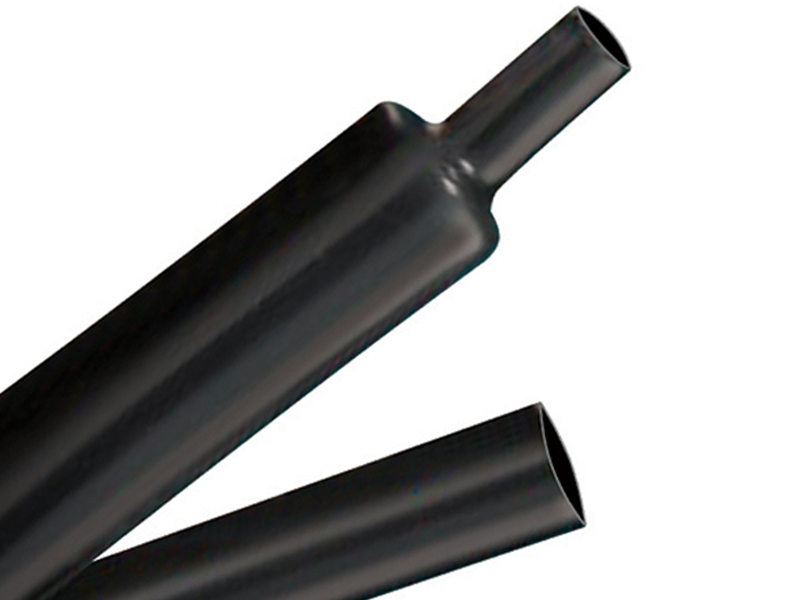

Generally, a piece 1 1/2” - 2” long will accommodate almost any need. The thickness of your bundle, as well as the desired final appearance, will determine the length of the tubing you cut. STEP ONE:Measure the Shrinkflex® shrink tubing to length and cut with a scissor. Viton: This shrink tubing is a fluid resistant, flame retardant flouro-elastomer with high solvent resistance intended for use in applications exposed to corrosive materials or high temp environments. Kynar: Kynar heat shrink is highly flame retardant, abrasion resistant, and geared towards environments that require strain relief such as soldered connections and splices. This material has a very high shrink temperature, making it difficult to shrink for most users without specialized heating equipment. PTFE: Polytetrafluoroethylene, or PTFE, is intended for use in applications where it is frequently exposed to very high temperatures. This material often has a narrower operating temperature range as well as more longitudinal shrink than other shrink tubing materials. Fabric shrink is ideal for use in environments were retaining strength & abrasion resistance is important. It also has a higher UV resistance than standard Polyolefin.įabric: Fabric heat shrink tubing is constructed using a combination of polyolefin and polyester. PVC: Polyvinylchloride, or PVC heat shrink, is an economical solution ideal for lower temperature applications like food & beverage use.

Keep in mind, Polyolefin has a low tolerance for UV resistance compared to other shrink tubing. Polyolefin comes in a variety of colors, sizes, shrink ratios, and has an operating temperature of -67° F to +275° F. Polyolefin: This is the most commonly used heat shrink material and works for most heat shrink applications.


 0 kommentar(er)
0 kommentar(er)
